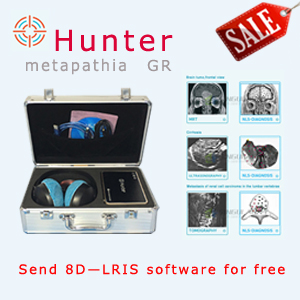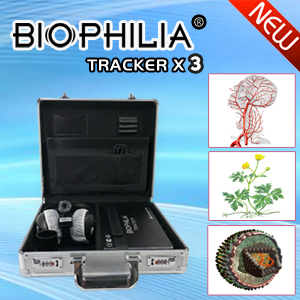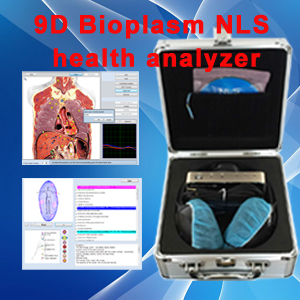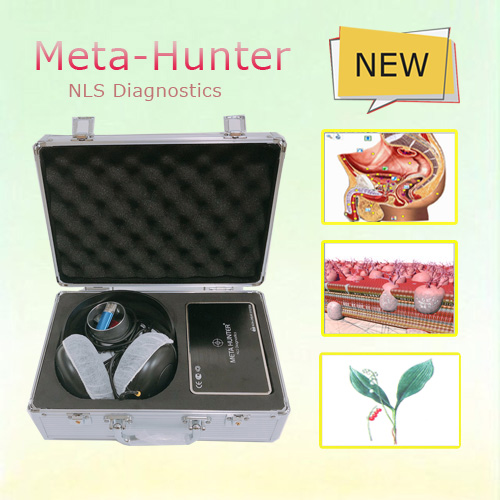Squashing Food Fears
Author:Bioplasm UpdateTime:2018-04-10
“Food fears” now became a common problem for most families. So much of the information you need to know about the food you’re feeding your family is available right on the packages that line the shelves of your neighborhood stores. The list of ingredients on a food label displays items in descending order of weight. The shortest and most recognizable ingredient lists are worn by foods that are minimally processed and easiest to decode. In fact, some of the healthiest foods, such as fruits and veggies, don’t even wear food labels.
Many of food additives, such as salt and baking soda, are not very complex or difficult to pronounce, while others look like words you’d only see in the final round of a spelling bee. Some people say that if you can't pronounce it, you shouldn't eat it, but that's not always the case.
To help squelch any fears you may have – and to help you decipher fact from fiction – here are some scary-sounding ingredients that aren’t as alarming as you may believe:
Alpha-tocopherol. This scientific-sounding ingredient is really just vitamin E. An antioxidant and fat-soluble vitamin, it prevents rancidity and oxidative spoilage in packaged foods.
Ascorbic acid is the chemical name for vitamin C. Its role is similar to alpha-tocopherol's in terms of food preservation. It's an antioxidant, so it prevents spoilage from oxidation in food products.
Beta-carotene is most often used as a food coloring additive. It's a natural way to add a red-orange color without using artificial dyes and colorings. Although it sounds like something out of a chemical lab, beta-carotene is safe to consume, and it's found in carrots, tomatoes and other red-orange produce.
Lecithin is an emulsifier that keeps ingredients from separating, and it's used as a thickener and lubricant. Lecithin is derived from eggs or soybeans and is often added to foods such as chocolate, ice cream and salad dressings.
Sodium, a component of salt, can be known as “the silent killer.” While we should cut back on our sodium consumption to ward off high blood pressure and heart disease, its role as a preservative in foods is not as acutely dangerous as other preservatives. Salt is also an anti-microbial, helping keep our food safe.
Xanthan gum is a thickening agent in food that provides a viscous, smooth consistency. This substance has become popular in gluten-free products to help give dough a sticky texture. Xanthan gum is often used in toothpastes, soups, sauces and pie fillings. Beware, however, that those with allergies or sensitivities to wheat, soy or corn need to read labels carefully and perhaps avoid xanthan gum, which could be derived from any of those sources.
To overcome food ingredient fears, learn the science, history, and the process of how the ingredient is made, and you’ll be a smarter, savvier consumer.
In addition, try using the bioplasm nls analyzer, accurately grasp the situation of human organs, also a good way to help you squashing fears.
This article is provide from [Bioplasm nls],please indicate the source address reprinted:http://www.bioplasm-nls.com/nls_knowledge/Squashing_Food_Fears.html
Previous:Symptoms Of Fibromyalgia Next:Some Truth About Belly Fat






